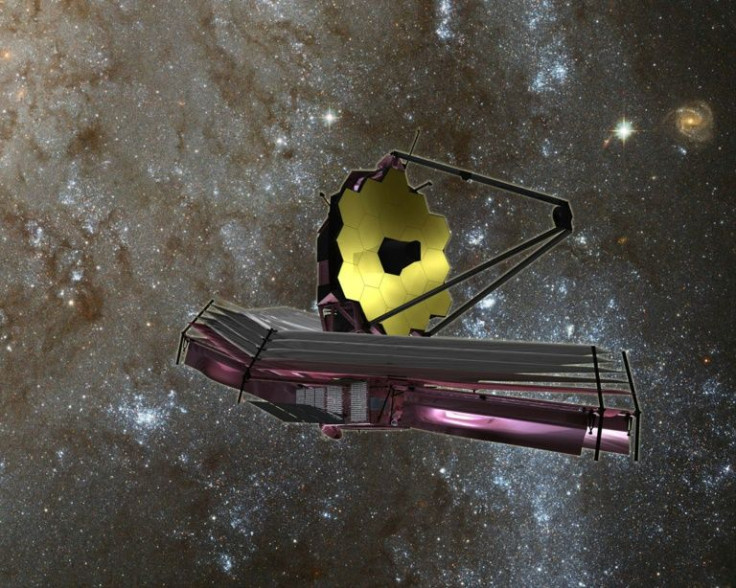NASA Confirms James Webb Telescope Hit By Micrometeoroid: 'Unavoidable Chance Event'
KEY POINTS
- The micrometeoroid hit one of Webb's iconic golden mirrors
- Webb has sustained several such hits since it was launched
- Webb is still fully capable of performing the science it was made for
The James Webb Space Telescope got hit by a micrometeoroid in May, NASA has confirmed. There's no need to worry, however, as it was made to withstand such hits.
The impact happened sometime between May 23 and 25, and Webb sustained the hit on one of its iconic golden mirror segments, NASA noted in a news release.
Micrometeoroids are fragments that are "smaller than a grain of sand." While the Earth's atmosphere is used to being hit by millions of them every day, most of them don't reach the surface because they end up getting vaporized while passing through the atmosphere. But in space, such as in Webb's orbit at the Lagrange point (L2), spacecraft don't have the protection of an atmosphere, NASA noted.
This is why the space telescope was designed to "withstand bombardment from the micrometeoroid environment."
"We always knew that Webb would have to weather the space environment, which includes harsh ultraviolet light and charged particles from the Sun, cosmic rays from exotic sources in the galaxy and occasional strikes by micrometeoroids within our solar system," Paul Geithner, technical deputy project manager at NASA's Goddard Space Flight Center, said in the NASA news release. "We designed and built Webb with performance margin — optical, thermal, electrical, mechanical — to ensure it can perform its ambitious science mission even after many years in space."
One of the ways that the flight teams can protect Webb, for instance, is by using protective maneuvers during meteor showers. However, the recent hit wasn't from a meteor shower but is said to be considered an "unavoidable chance event."
Lee Feinberg, Webb optical telescope element manager at NASA Goddard, said in the NASA statement that there have actually been four "smaller measurable" micrometeoroid hits since Webb was launched but they were "consistent with expectations." The more recent one, however, was larger than what was modeled and tested during the simulations while Webb was being built on Earth.
That said, assessments show that Webb is still performing "well above expectations" and still very much capable of conducting the science it was made for. And because Webb is exceptionally sensitive, it may even help improve the understanding of the dust environment in the solar system.
In late May, Webb sustained a dust-sized micrometeroid impact to a primary mirror segment. Not to worry: Webb is still performing at a level that exceeds all mission requirements. Our first images will #UnfoldTheUniverse on July 12: https://t.co/9jp0uq7ytS pic.twitter.com/VKkSp16yrg
— NASA Webb Telescope (@NASAWebb) June 8, 2022
The team behind Webb has already made adjustments to the affected segment to minimize any effect the impact may have had and will continue to do so for this and other such events during its mission.
NASA stressed that the impact did not affect Webb's schedule, and it's still set for the much-anticipated release of its first images on July 12.

© Copyright IBTimes 2025. All rights reserved.






















